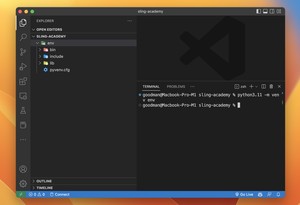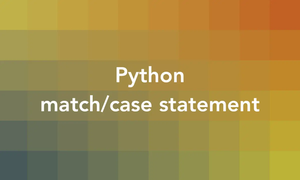In Python, passing a list as multiple arguments using the unpacking operator * provides a convenient way to supply a variable number of arguments to a function. It improves code readability and eliminates the need for explicitly specifying each argument. However, be mindful of matching the list elements with the function’s argument count and consider the memory implications for large lists.
Code example:
# a function that takes 3 arguments
def my_function(arg1, arg2, arg3):
# Function logic here
print(arg1, arg2, arg3)
my_list = ['A', 'B', 'C']
# Pass the list elements as multiple arguments to the function
my_function(*my_list)Output:
A B CLet’s see a more advanced example that demonstrates passing a list to a function as multiple arguments with variable-length arguments (*args) and keyword arguments (**kwargs):
def process_data(*args, **kwargs):
# Process individual arguments
for arg in args:
print("Processing argument:", arg)
# Process keyword arguments
for key, value in kwargs.items():
print("Processing keyword argument:", key, "=", value)
# Create a list and dictionary
my_list = [1, 2, 3]
my_dict = {"name": "Frienzied Flame", "age": 1000}
# Pass the list and dictionary as multiple arguments to the function
process_data(*my_list, **my_dict)Output:
Processing argument: 1
Processing argument: 2
Processing argument: 3
Processing keyword argument: name = Frienzied Flame
Processing keyword argument: age = 1000That’s it. Happy coding!











